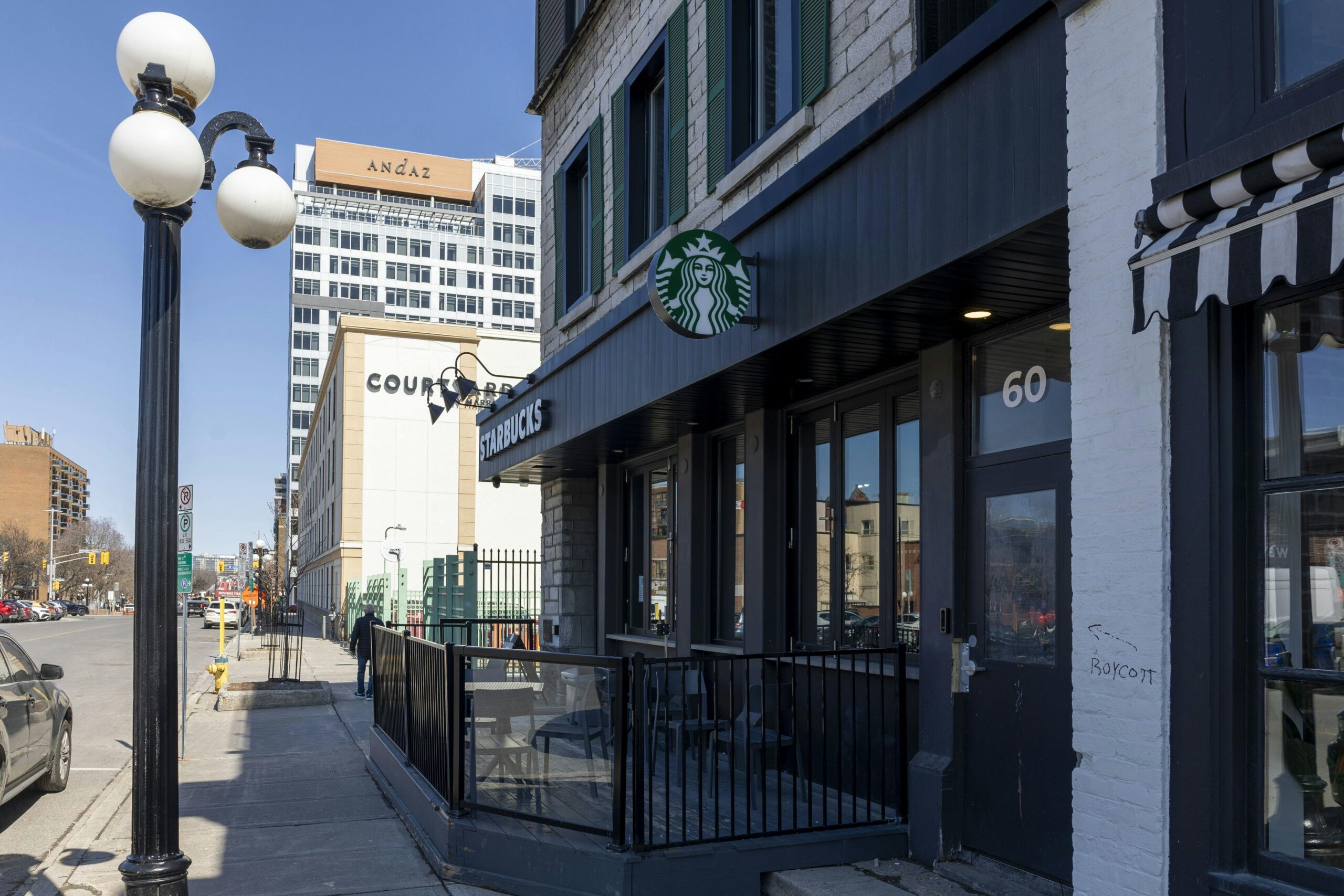
As Donald Trump begins his second term in office, one of the biggest questions facing real estate investors, developers, and business leaders is whether his pro-business agenda will reignite the commercial real estate (CRE) market. Trump’s first term featured significant deregulation, corporate tax cuts, and a push for economic expansion. With his return to the White House, many are anticipating a renewed focus on growth-oriented policies that could breathe life back into commercial real estate—especially in sectors hit hard by pandemic disruptions and economic uncertainty.
But while there is optimism in the air, there are also uncertainties. Let’s explore how Trump’s economic philosophy, legislative priorities, and regulatory stance could shape the commercial real estate landscape in 2025 and beyond.
1. Lower Taxes and Pro-Business Incentives
One of the most direct ways Trump’s administration could support commercial real estate is by reducing tax burdens on businesses. In his first term, Trump signed the Tax Cuts and Jobs Act (TCJA) into law, slashing the corporate tax rate from 35% to 21%—a move that increased after-tax profits and encouraged expansion.
If Trump follows through on promises to extend or deepen those tax cuts, businesses may have more cash to invest in office space, warehouses, retail locations, and multifamily developments. This could lead to greater tenant demand, higher occupancy rates, and stronger rent growth across CRE asset classes.
Additionally, Trump has expressed support for expanding Opportunity Zones—tax-advantaged areas designed to spur investment in underdeveloped communities. These zones could see renewed interest and funding, particularly if more tax incentives are added or if regulations are loosened to make participation easier for investors.
2. Deregulation and Development-Friendly Policies
Trump has long championed deregulation as a key lever for economic growth. During his first term, he introduced a “two out, one in” rule that required two federal regulations to be eliminated for every new one added. In the commercial real estate world, this approach could translate into fewer environmental and zoning restrictions, faster permit approvals, and less red tape for developers.
For example, loosening EPA regulations or streamlining federal oversight on large-scale developments could reduce construction timelines and lower costs—especially in the industrial and multifamily sectors. Trump has also been critical of what he views as excessive environmental review processes, which he argues stall infrastructure and real estate projects unnecessarily.
In cities where local and state policies are aligned with federal initiatives, we may see a surge in new developments, particularly in suburban and exurban areas with ample land and limited opposition.
3. Infrastructure Spending as a CRE Catalyst
Although Trump’s infrastructure promises during his first term were never fully realized, infrastructure could take center stage in 2025. If a major infrastructure package passes, it could be a game-changer for commercial real estate.
Investments in roads, bridges, ports, airports, broadband, and energy grids not only create construction jobs but also increase land values and drive development near upgraded transportation hubs. Commercial corridors along new rail lines or highways could see increased investment, and rural areas might become more attractive for industrial or logistics development.
Improved infrastructure also facilitates e-commerce growth, which could further fuel demand for warehousing and distribution centers—particularly in underserved regions.
4. Strengthening the Business Environment for Tenants
Commercial real estate’s performance is closely tied to the health of its tenants. Office towers need thriving tech firms and startups; retail centers rely on consumer-facing businesses; industrial parks need manufacturers and logistics companies.
Trump’s economic agenda, which prioritizes tax cuts, reduced regulation, and “America First” trade policies, may foster a more business-friendly environment that allows these tenants to expand. With fewer regulatory burdens and lower operating costs, businesses may be more willing to sign long-term leases, build new facilities, or open additional locations—actions that directly benefit landlords and CRE investors.
If the broader economy rebounds under pro-growth policies, we could see stronger job creation, increased consumer spending, and a general uptick in demand for commercial space.
5. Revitalizing Office and Retail Spaces Post-Pandemic
Office and retail segments have struggled since the pandemic due to remote work trends and the acceleration of e-commerce. However, Trump’s administration may provide indirect tailwinds to these challenged sectors.
For instance, if Trump incentivizes companies to bring workers back to the office—either through tax breaks or public support—central business districts could see a resurgence in foot traffic and leasing activity. His administration may also oppose policies that support permanent remote work, instead championing a return to traditional work environments as a boost to downtown economies.
On the retail side, Trump’s focus on American-made goods and domestic consumption could create opportunities for physical retail stores—especially in suburban markets. If tariffs are used to protect U.S. goods, and supply chains shift closer to home, brick-and-mortar stores may see renewed relevance in the consumer landscape.
6. Trade Policy and Global Investment
Trump’s America First trade policies have historically led to tense relationships with China and other global partners. While this can create volatility, it may also result in greater domestic investment and reshoring of manufacturing, which benefits U.S.-based commercial assets.
However, trade tensions could also deter foreign investors—especially from China—from pouring capital into U.S. commercial properties. In Trump’s first term, inbound Chinese investment in U.S. real estate dropped sharply due to geopolitical friction and increased scrutiny by the Committee on Foreign Investment in the United States (CFIUS).
If Trump continues a hawkish foreign policy, we may see a reshuffling of capital sources in commercial real estate, with greater reliance on domestic institutions, private equity firms, and real estate investment trusts (REITs).
7. Inflation, Interest Rates, and Market Volatility
While Trump is no fan of high interest rates, his policies could have complex effects on inflation and monetary policy. Pro-growth spending, tax cuts, and supply-side reforms could stimulate economic activity—but they could also put upward pressure on inflation.
If inflation rises, the Federal Reserve may be forced to increase interest rates, even if the White House prefers looser monetary policy. Higher interest rates would affect commercial real estate by increasing borrowing costs, reducing asset valuations, and potentially slowing transaction volumes.
However, if Trump pressures the Fed to keep rates low—and is successful—this could support a more favorable lending environment for real estate developers and investors.
8. Political Risk and Market Uncertainty
While many of Trump’s policies may benefit commercial real estate in theory, political risk and unpredictability could deter some investors. Sudden regulatory shifts, controversial executive orders, or trade flare-ups can create uncertainty that ripples through capital markets and depresses deal-making.
Foreign investors may adopt a wait-and-see approach, especially if geopolitical tensions rise. Institutional investors may demand higher risk premiums for assets exposed to policy fluctuations.
Still, for opportunistic investors who can navigate uncertainty, Trump’s second term could offer compelling opportunities—especially in value-add, redevelopment, and alternative asset classes.

A Potential CRE Rebound—With Caveats
Trump’s pro-business agenda holds the potential to revitalize commercial real estate across the U.S.—from office towers and shopping centers to industrial warehouses and suburban developments. Lower taxes, deregulation, infrastructure investment, and a general focus on economic expansion could unlock new growth across the sector.
However, the landscape is far from risk-free. Political polarization, global tensions, and unpredictable market reactions remain key variables. For CRE investors, success in the Trump era will depend not only on understanding the policy environment but also on staying agile, informed, and ready to act when opportunity knocks.
In 2025 and beyond, commercial real estate may very well be poised for a comeback—provided it can ride the waves of Trump’s bold and often disruptive brand of leadership.





